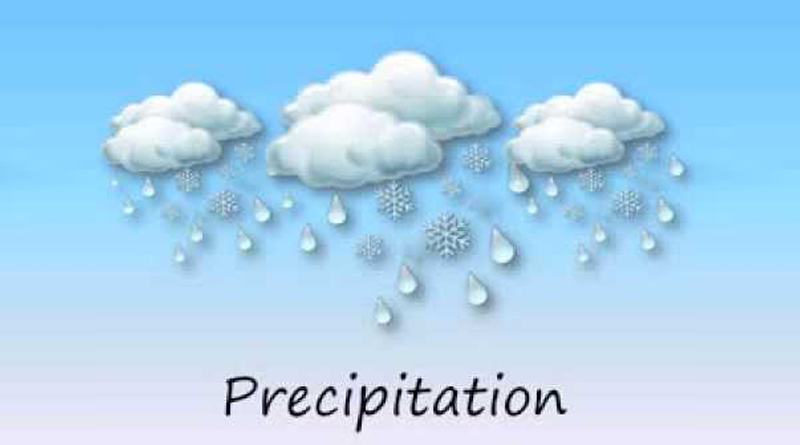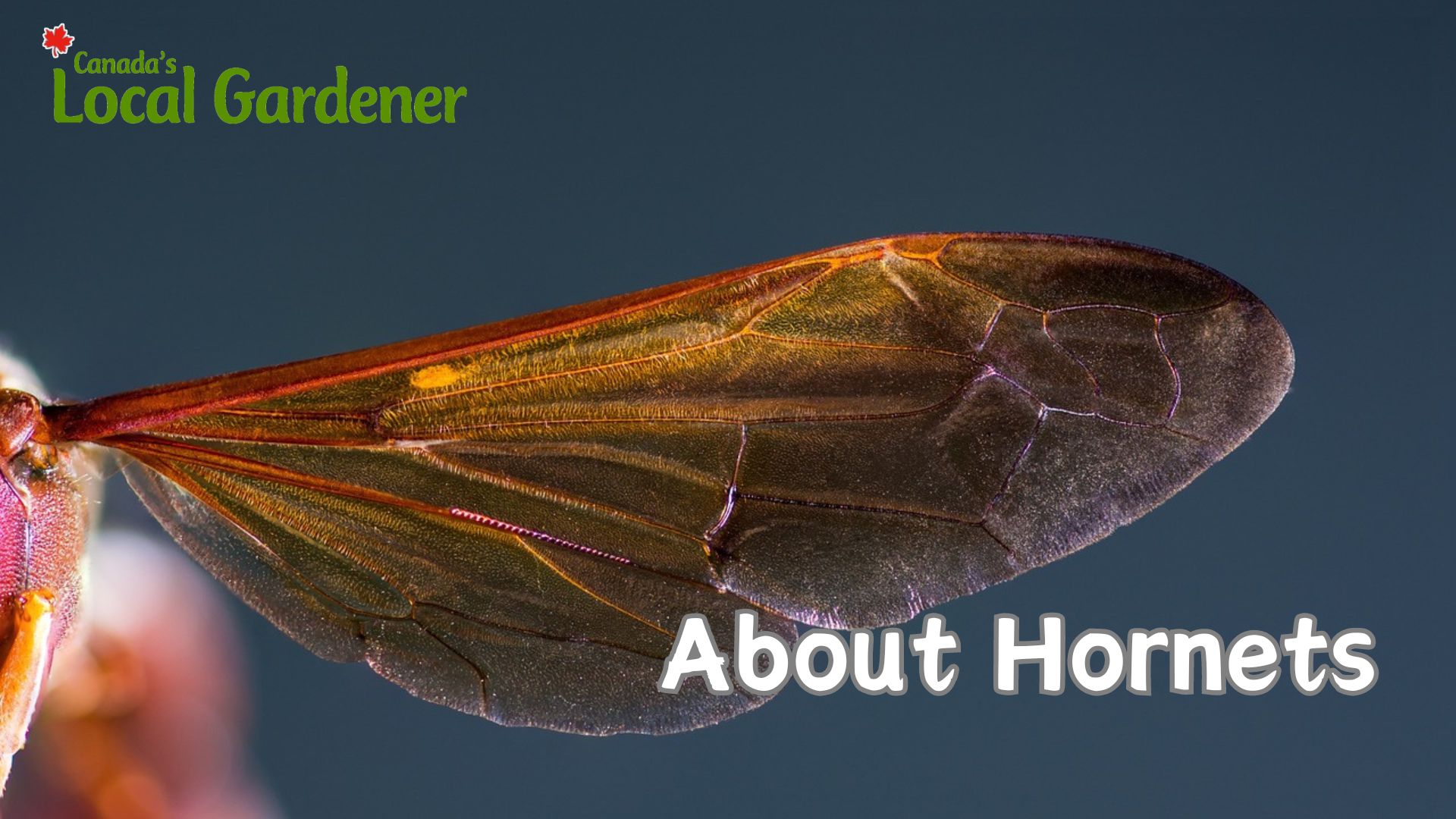About Precipitation
Life wouldn’t be possible without water. We can see this in the garden after a much-needed rainstorm brings plants back to life. From rain to snow, continue reading learn 10 neat facts about precipitation.
1. Snow is not so dense as it looks.
A cubic yard of snow will not yield a cubic yard of water because of all the air between the ice crystals in snow. The water content of snow is only about 10% to 15% when it first falls. As snow gets packed down by its own weight over time, the water content still only goes up to about 30%.
2. Not all snow melts.
Some of the snow that hangs around through winter doesn’t get a chance to melt; it sublimates—turns directly back into a gas and doesn’t make it into your garden.
3. Snow water is good for gardens.
Melted snow is not just dirty water; it’s full of nitrogen and sulphur that it has pulled down from the atmosphere. These are two important nutrients for plants. So, if April showers bring May flowers… well, April snow does, too.
4. Raindrops are not raindrop shaped.
Or rather, the shape we refer to as raindrop or teardrop bears little resemblance to drops of rain as they fall from the sky. The smallest raindrops are spherical. Larger raindrops get flattened on the bottom, and really large raindrops are concave on the bottom—kind of like an umbrella!
5. Not all rain makes it down.
Sometimes it rains in the sky but the drops evaporate before they hit the ground. This is called virga, and it happens when the cloud is saturated with water but the atmosphere closer to ground level is hot and dry. You can see virga in the summer as streaky veils below big puffy cumulus clouds (the nice, cottony white ones).
6. Rain from a cloudless sky.
Have you ever felt a few raindrops with no clouds overhead? That’s called serein. The skeptical explanation is that the drops must have been from clouds that were overhead but moved on. Personally, I think the meteorologists need to look at this phenomenon a little harder; I know I’ve experienced serein when there were no clouds to be seen anywhere.
7. So, is it going to rain?
Environment Canada’s three-month forecast for May, June and July 2009 indicates below-average precipitation throughout most of Canada. However, their average accuracy at making this call is less than 40 percent, which is statistically about the same as chance. At least they’re trying.
8. Rain barrels.
Rainwater is better for plants than treated municipal water because it contains mineral nutrients and it does not contain antiseptic chemicals like chlorine. That’s one reason gardeners keep rain barrels—to collect all the rain that falls on the roof and redistribute it to the garden.
9. Rain gardens.
In cities, rainwater that falls on streets, driveways, patios and lawns with hardpan soil ends up washing fertilizers, salts and pollution into storm sewers, which empty into waterways untreated. Some environmentally minded people are landscaping to redirect runoff into a garden border situated specifically to capture it. Romantically called a rain garden, such a border not only prevents rain from going where it shouldn’t, it filters out the bad stuff (fertilizers—including natural fertilizers—salts and pollution) and percolates the good, fresh water down into the groundwater.
10. Ways to make it rain.
Wash your car. Spend half an hour blow-drying your hair straight. Forget your umbrella. Ride your bike to work. Plan a garden party. Hang out a load of laundry…
– Shauna Dobbie Copyright©
Pegasus Publications Inc.




